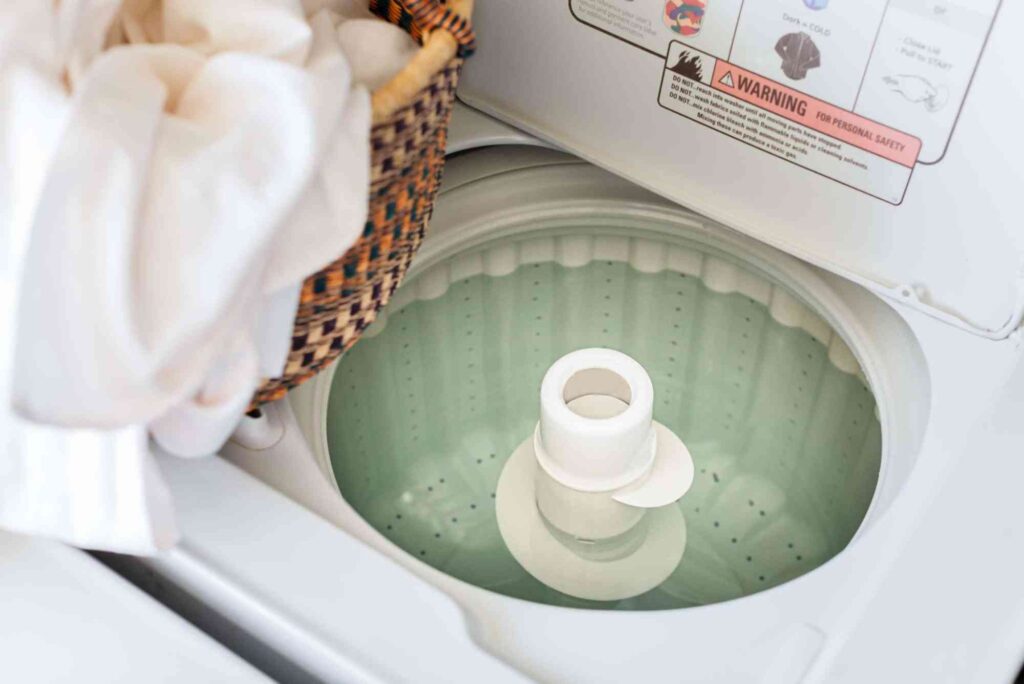Introduction
A malfunctioning washing machine can be frustrating, especially when it refuses to drain properly. Water drainage problems can lead to standing water in the drum, bad odors, and even damage to your appliance. Understanding the causes and solutions can help you troubleshoot the issue and restore your washing machine’s efficiency.
Common Causes of Water Drainage Problems
A washing machine failing to drain is often due to one of the following reasons:
- Clogged Drain Hose – A blocked hose prevents water from flowing out properly.
- Faulty Drain Pump – A malfunctioning pump can restrict drainage.
- Blocked Drain Filter – Lint, debris, and foreign objects can clog the filter.
- Kinked or Bent Drain Hose – Improper hose positioning can hinder drainage.
- Plumbing Issues – A clogged or slow household drain can back up water.
Identifying the root cause is the first step in fixing your washing machine. Below, we provide step-by-step instructions to resolve drainage problems effectively.
Step-by-Step Solutions for Washing Machine Drainage Issues
Check the Drain Hose
- Turn off the washing machine and unplug it from the power source.
- Locate the drain hose at the back and inspect it for kinks or bends.
- Detach the hose and use a long, flexible brush to clear any blockages.
- Reattach the hose securely and ensure it is positioned correctly.

Clean the Drain Filter
- Open the lower front panel of your washing machine.
- Locate the drain filter and carefully remove it.
- Clean out any debris, lint, or small objects stuck in the filter.
- Rinse the filter with warm water and reinstall it securely.
Inspect and Clear the Drain Pump
- Remove the washing machine’s back panel to access the drain pump.
- Check for any visible blockages or debris in the pump.
- Manually rotate the pump impeller to ensure it moves freely.
- If the pump is defective, consider replacing it.
Ensure the Household Drain is Clear
- Pour a bucket of water into the drain to check if it flows freely.
- If slow drainage is observed, use a plumbing snake or drain cleaner to clear any clogs.
- Avoid using excessive detergent, which can cause buildup in pipes over time.
Reset the Washing Machine
- Sometimes, a simple reset can solve drainage issues.
- Unplug the washing machine for 5–10 minutes.
- Plug it back in and run a short wash cycle to check if the issue persists.
Preventing Future Drainage Problems
To keep your washing machine in optimal condition, follow these preventive measures:
- Clean the drain filter monthly to prevent clogs.
- Avoid overloading the washer, as it can strain the drainage system.
- Use the correct amount of detergent to prevent buildup.
- Periodically inspect hoses and pumps for wear and tear.
Related FAQs
1. Why is my washing machine not draining water completely?
A clogged drain hose, faulty pump, or blocked filter are common reasons your washing machine isn’t draining fully.
2. Can I fix a washing machine drainage issue myself?
Yes, simple issues like clogged hoses and filters can be resolved at home. However, for major pump or plumbing problems, consider professional help.
3. How often should I clean my washing machine’s drain filter?
It’s best to clean the filter once a month to prevent buildup and maintain efficient drainage.
4. Where can I find reliable washing machine repair services?
If DIY fixes don’t work, contact Washing Machine Repair Dubai for professional assistance.
5. How do I prevent my washing machine from clogging?
Use recommended detergent amounts, avoid washing heavy debris-laden clothes, and regularly check hoses and filters.
For expert repair and maintenance services, visit Az Repair Dubai or check Az Repair Location for service availability near you.



